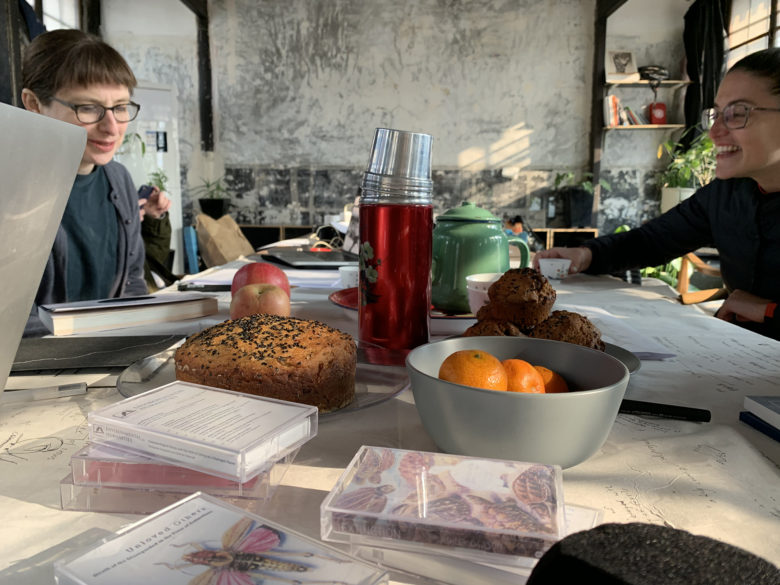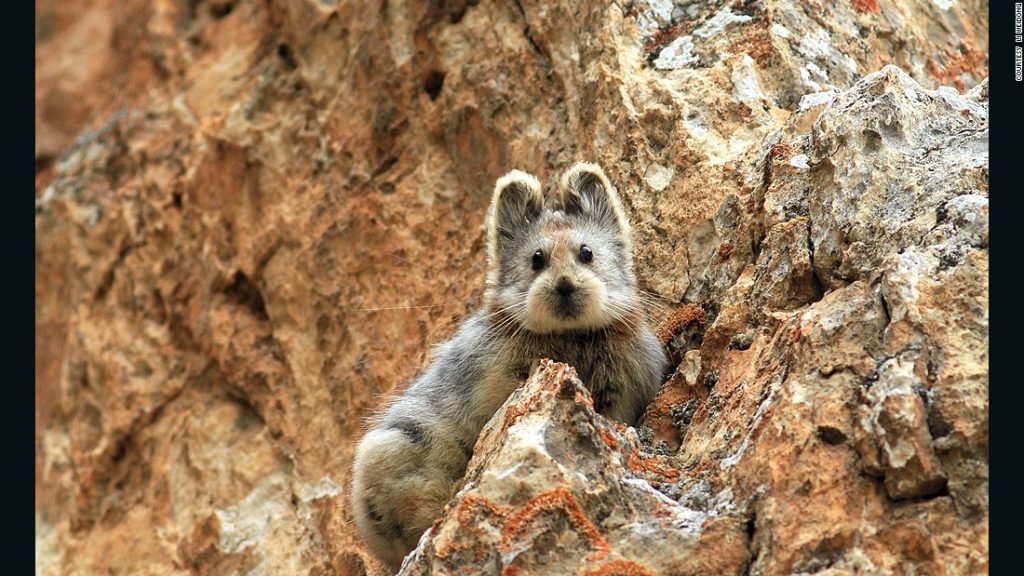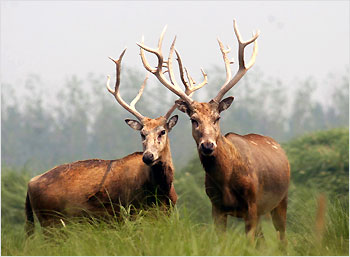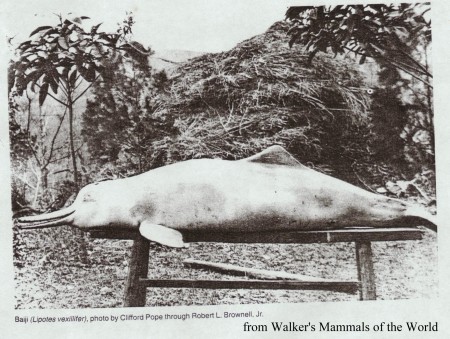Update on last month’s exhibition opening at Black Sesame Space, IFP. Members of the Extinction Club Reading Group read aloud passages from selected texts, everyone drank tea and ate homemade black sesame crackers and black sesame brittle.
A version of the reading group’s setup was installed in the gallery, with a folio of all our printed materials (stamped with the group’s new stone seal!), audio tapes and a player to listen to them on. Elsewhere in the room was a display of research relating to the book-in-progress, a cabinet of drawings and various materials associated with specific Chinese extinctions, another player with a tape containing the sound contributions so far – from Yan Jun, Jaakko Junnila and Ake – and a few smaller interventions in the space.
We also took the opportunity to read+record a (short) new cassette tape, ‘The Amazon of the East’, part of a chapter about the life of the Yangtze River from Witness to Extinction: How We Failed to Save the Yangtze River Dolphin by Samuel Turvey. It now joins the other nine tapes in the cassette library.
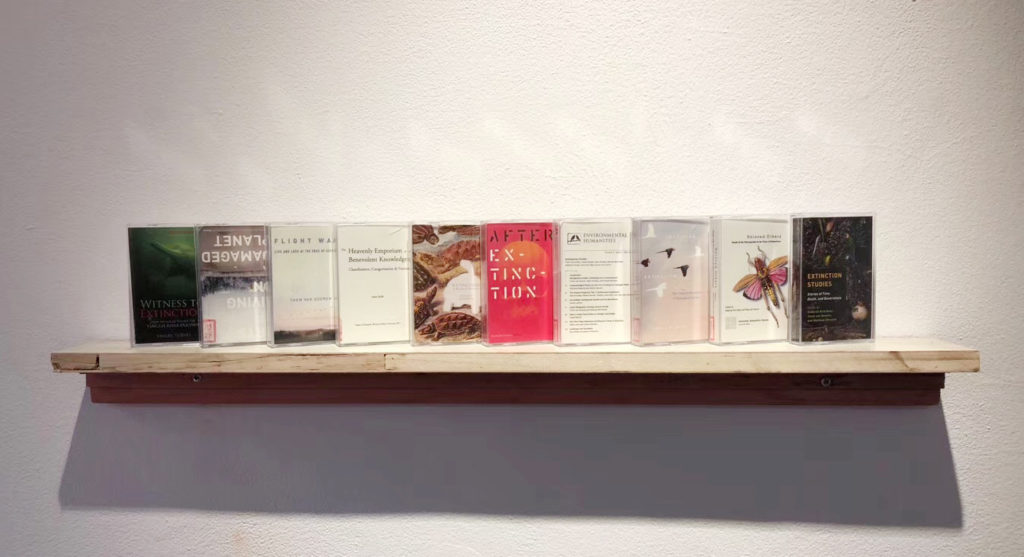

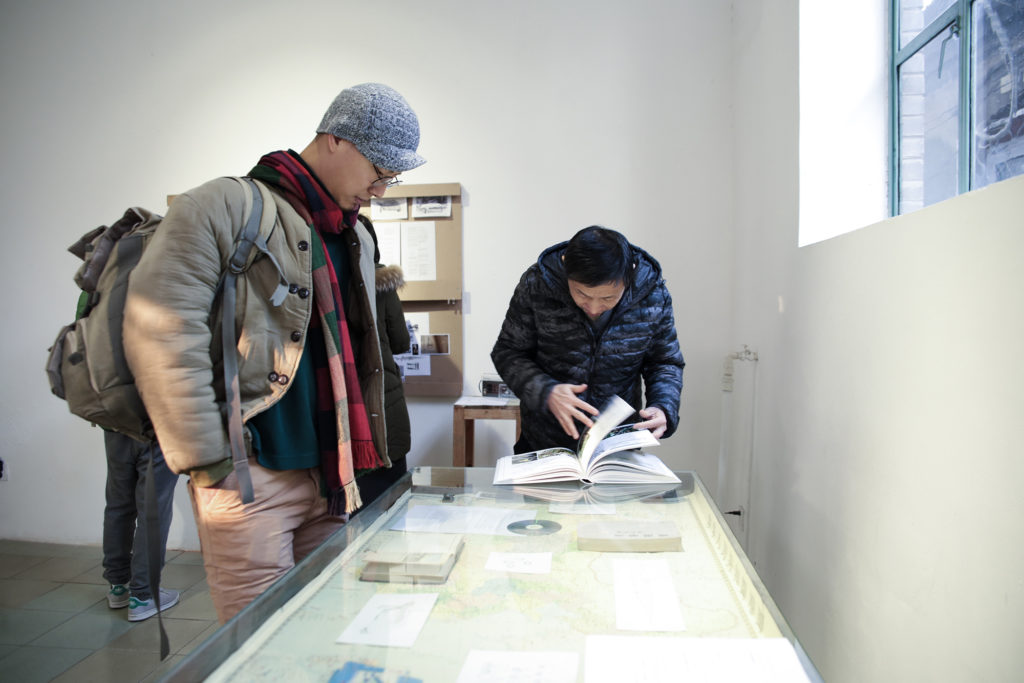
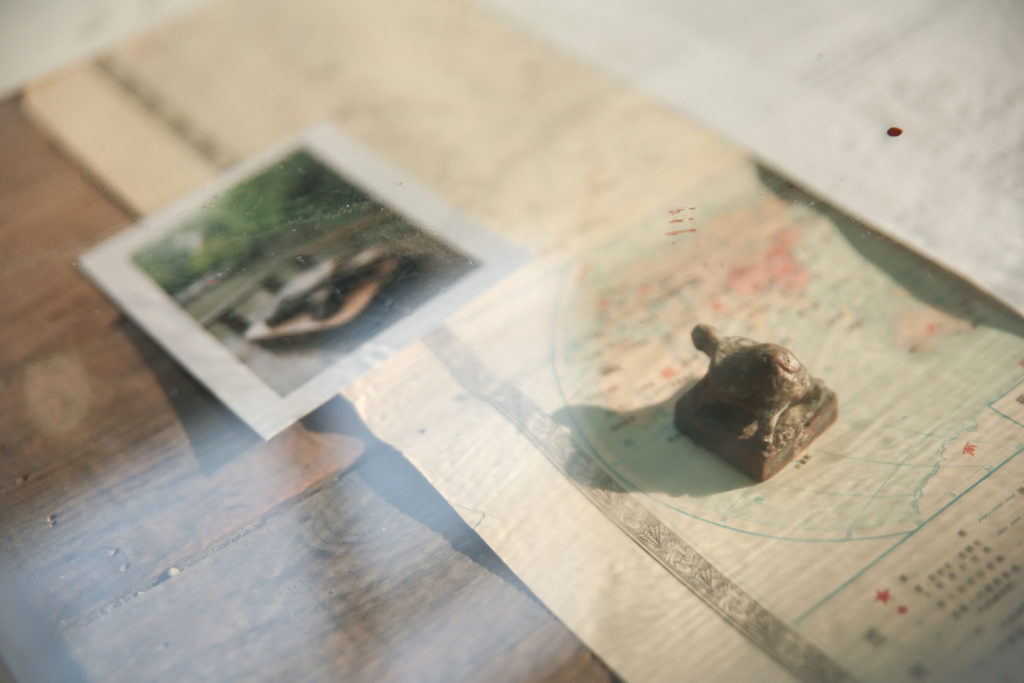


Above: Those that from a distance look like flies, 2019, wooden tiger’s head and binoculars



Photos by Augustina, Dandan & me
This project was assisted by a grant from Create NSW, an agency of the New South Wales Government. The NSW Artists’ Grant is administered by the National Association for the Visual Arts (NAVA).


